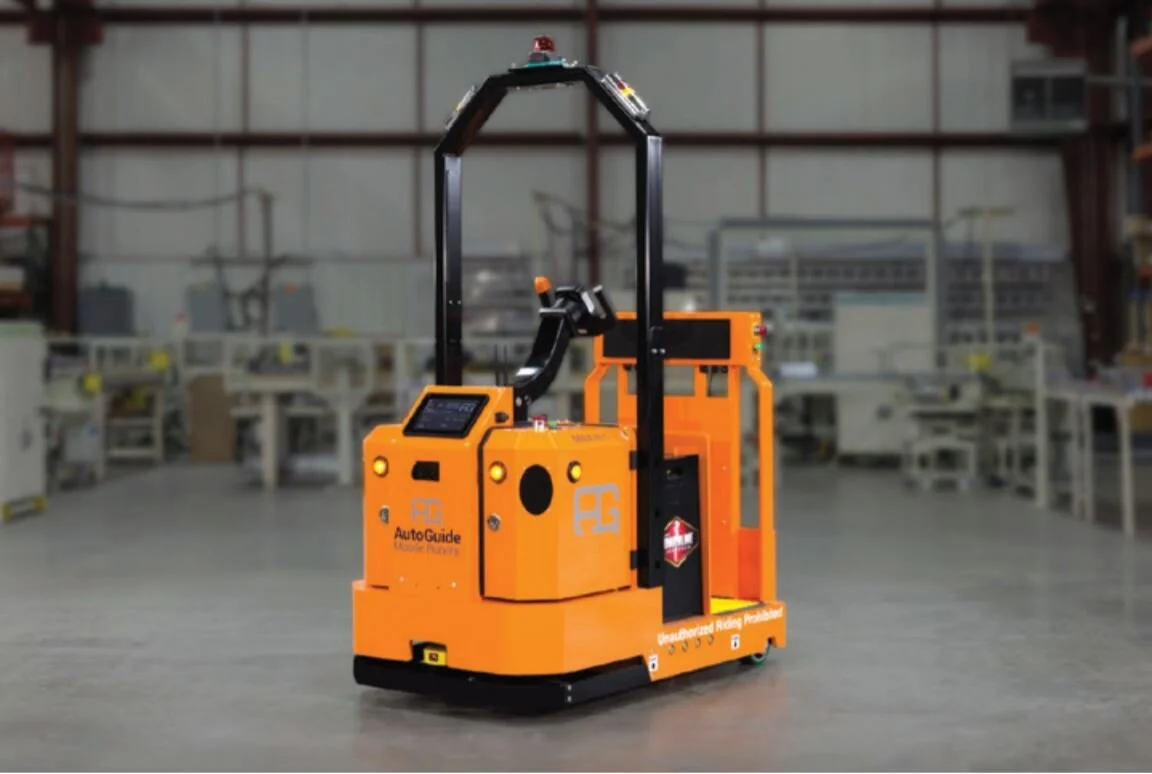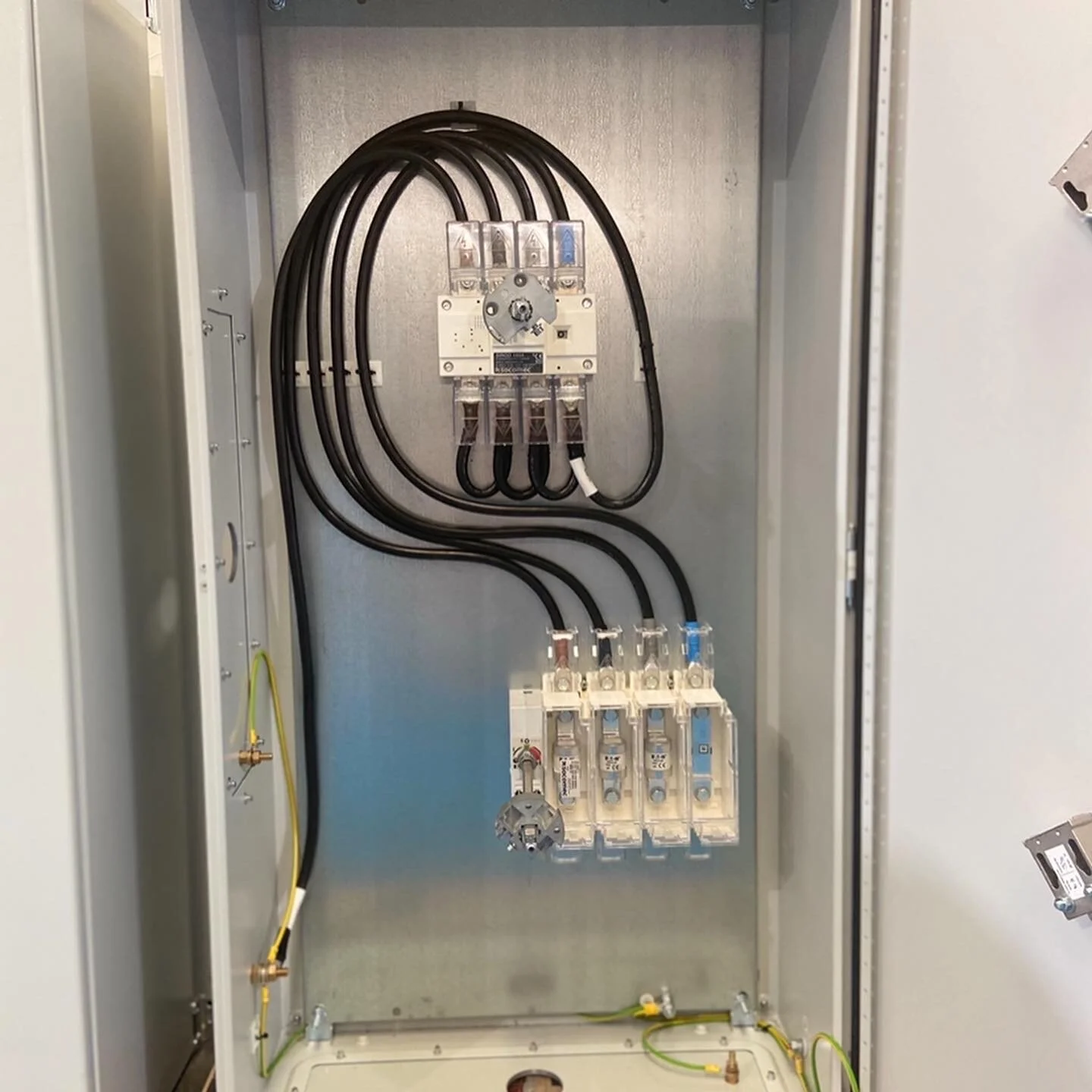Industrial Robots
In the ever-evolving landscape of modern manufacturing, industrial robots are equipped with precision, versatility, and speed and are reshaping industries across the globe. From automotive assembly lines to food processing plants, industrial robots have proven their worth by increasing productivity, ensuring product quality, and safeguarding workers from hazardous tasks.
Applied Integration work with leading industrial robot manufacturers. Providing ideal solutions for use in material handling, machine tending, assembling, testing inspecting, dispensing, grinding, painting and polishing applications. Industrial robots include SCARA robots, delta robots, paint robots and articulated robots.
Key Features and Components:
- Robotic Arms: The primary body of the robot, responsible for carrying out tasks with precision and agility. These arms come in various configurations.
- End Effectors: The "hands" of the robot, which can be customised to perform specific tasks, such as welding, painting, gripping, or assembly. End effectors are easily interchangeable, making robots highly adaptable.
- Sensors and Vision Systems: These enable robots to perceive their surroundings and react accordingly, ensuring safe interactions with human workers and accurate execution of tasks.
- Control System: The brains of the operation, comprising powerful computers and software that govern the robot's movements and responses.
The widespread adoption of industrial robots offers numerous advantages:
Increased Efficiency: Robots work tirelessly and consistently without fatigue, leading to higher production rates and reduced cycle times.
Enhanced Quality: Robots execute tasks with unmatched precision, resulting in products of exceptional quality and uniformity.
Workplace Safety: Robots are designed to handle dangerous and repetitive tasks, protecting human workers from hazardous conditions.
Flexibility and Adaptability: Modern robots are easily reprogrammable and can be quickly repurposed to accommodate changes in production requirements.
Cost-effectiveness: While the initial investment may be significant, the long-term benefits of increased productivity and reduced labor costs outweigh the expenses.












